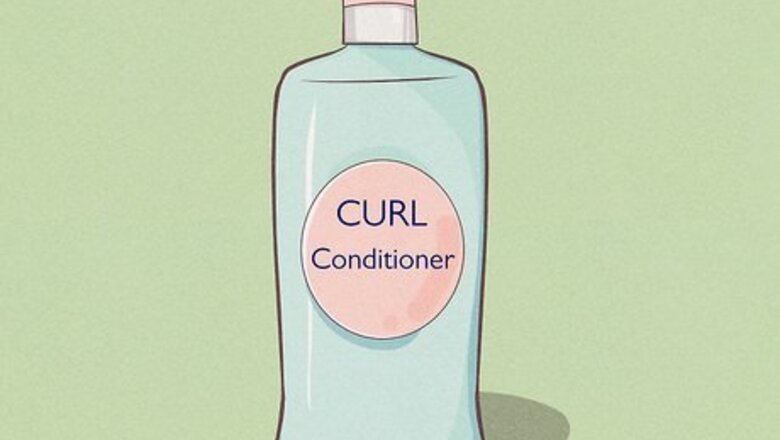
views
Using Regular Conditioner
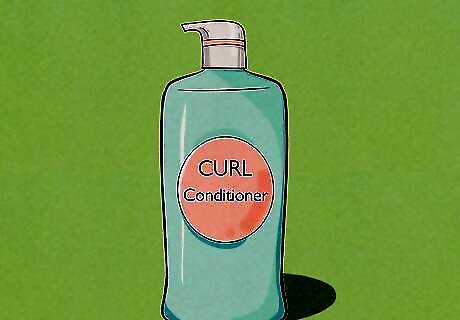
Choose a conditioner of your choice. Make sure that you use shampoo and conditioner that you like. Look at the label and make sure it’s formulated for curly hair. Light formulas with mild moisturizers are best for looser curls and oily hair. Thicker formulas are better for tighter curls and drier hair. Tight curls or kinks will usually need a cream conditioner. Dry curls will need a conditioner with heavy moisturizers or oils. For damaged curls, buy a conditioner especially for damaged hair.
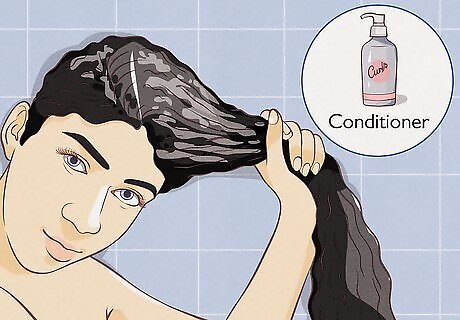
Apply the conditioner. Curly hair tends to see the most dryness and damage at the ends since the ends are the oldest part of the hair. Focus on conditioning the ends and then work your way up towards the roots. Use more on the ends, and very little at the roots--this will help maintain your hair’s natural shape by preventing oily buildup at the roots.
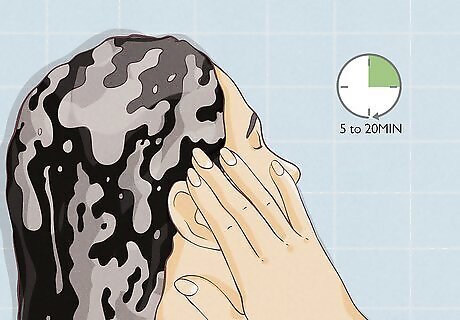
Let the conditioner sit for five to twenty minutes. Keep the conditioner in your hair for at least five minutes. You can increase the time to fifteen or twenty minutes if your hair is badly damaged or unusually dry.
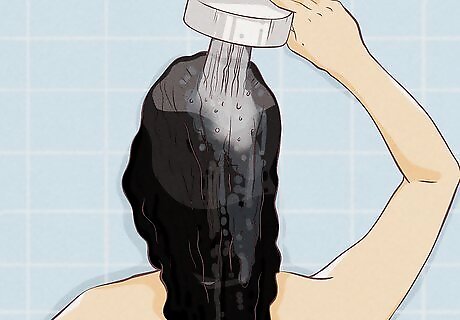
Rinse your hair with cool water. Rinse out your hair thoroughly, using cool water to lock in your hair’s natural oils and smooth your hair by sealing the cuticle. Run your fingers or a wide-tooth comb through your hair to detangle it while rinsing. Using a wide-tooth comb is particularly useful for tightly coiled textured hair.
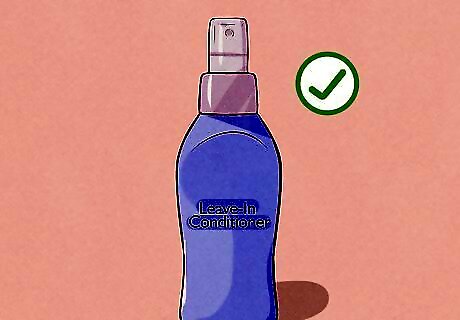
Use a leave-in product (optional). Many companies make leave-in conditioners or hair masks, especially for curly hair. These can give your hair additional protection and make managing your curly hair a little easier. Apply according to the package directions, leave in, and style your hair as usual.
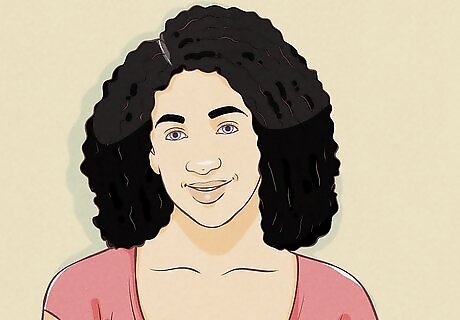
Let your hair air dry. Air drying is the best way to prevent damage and frizz to curly hair. If you generally rely on blow drying to help style your hair, try other methods to curl or straighten your hair.
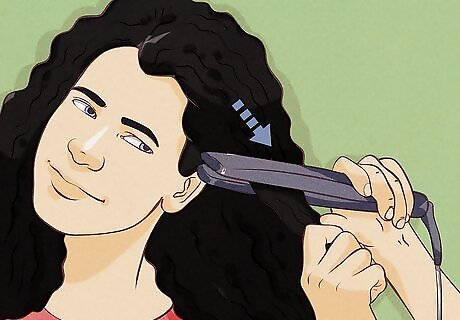
Turn heat-styling tools to their lowest setting. Too much heat can damage your curly hair! If you use a curler, straightener, or hot comb, set it to the lowest temperature possible. If you use a curler, get a wide diameter one to prevent overusing it on your hair.
Conditioning with Oils
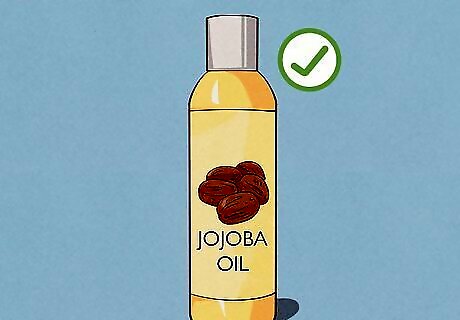
Choose the right oil for your hair. Oils are a natural way to condition your curly hair without using chemicals or risking product buildup. What kind of oil is best for you depends on your hair texture and your own preferences. Jojoba oil is an extra-light oil that feels less greasy than other options. It’s good for all curly hair but is especially useful for light curls. Coconut oil is excellent at penetrating hair to restore strength and is ideal for African-American hair. Some people may not like the scent of coconut oil.
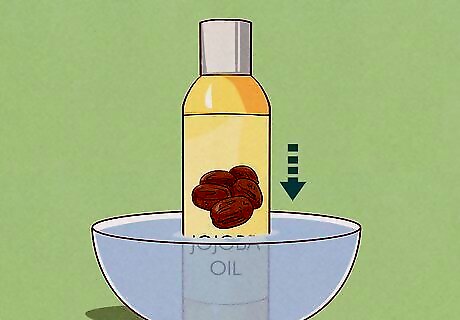
Heat up your oil with warm water. Warm oil is easier to use on hair since it’s usually in liquid form. Don’t heat it up in the microwave or on a stovetop--this can cause burns! Instead, put the oil container in a bowl of warm water until it feels warm on the outside. It’s extra necessary to heat coconut oil until it melts, because coconut oil is solid at room temperature. However, if the air is warm enough, it may melt on its own.
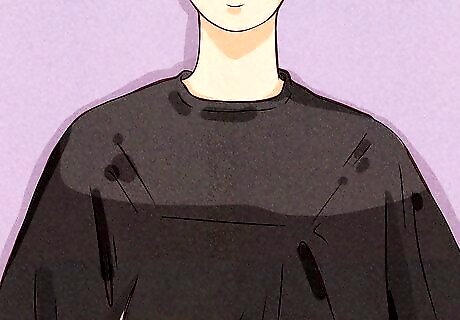
Protect your clothing. Oil can permanently mark clothes, so be sure to put on a hairdresser’s cape, apron, or rain poncho over your clothes before beginning.
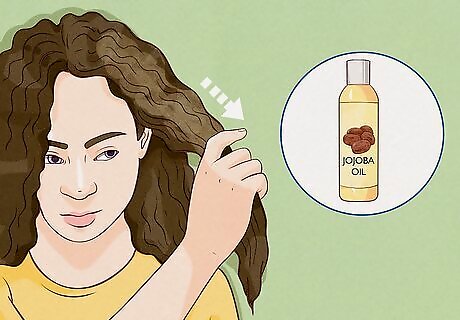
Rub the oil into your hair from the ends up. Use about 1 ounce (30 mL) to start, and increase if necessary. Start at the bottom of your hair and work upwards, rubbing the oil into your hair while using your fingers or a wide-tooth comb to detangle. Be careful not to spread oil directly on your scalp--this can clog your pores!
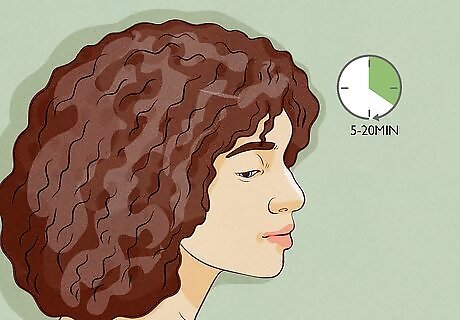
Let the oil saturate your hair for five to twenty minutes. Allowing your hair to absorb the oil helps it retain nutrients and repair damage. Leave the oil in for about five minutes. If your hair is severely damaged, you can leave it in for up to twenty minutes.
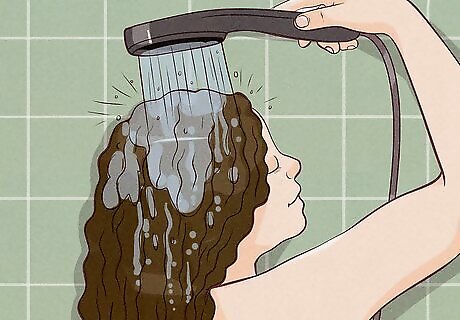
Rinse your hair with cold water. Cold water helps lock in oil treatments. Rinsing out oil may take much longer than rinsing out regular conditioner, so make sure you get all the oil out! Leaving your hair saturated in oil will make it appear greasy. Let your hair air-dry afterwards.
Using Deep Conditioning Treatments
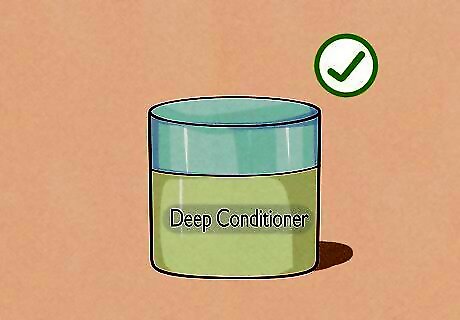
Choose a deep conditioner. Deep conditioner helps tame extra-curly or frizzy hair. It’s especially good for treating damaged hair! Make sure your deep conditioner is made for curly hair--the best deep conditioners for your hair will have ingredients like shea butter, avocado oil, keratin, argan oil, and coconut oil. You can also buy deep conditioners with proteins to treat badly damaged hair--look for ingredients like hydrolyzed collagen, Panthenol, soybean protein, or glycoprotein.
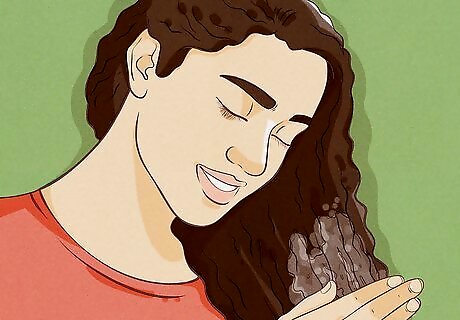
Apply according to product directions. Work from the ends to the roots just like you do with regular conditioner.
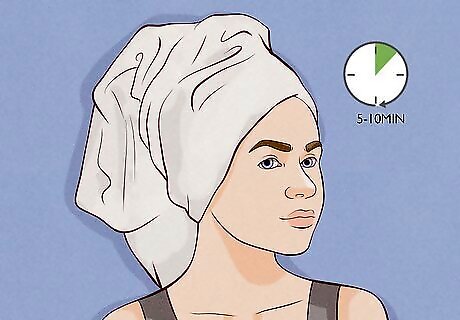
Apply heat (optional). This is an optional step, but heat will open up the cuticles of your hair, allowing the conditioner to penetrate more deeply. Using blow dryers on your curly hair can damage it, so instead wet three or four hand towels with cold water, wring them out, and microwave until hot, about 1–2 minutes. Wrap the towels around your head and leave on for 5–10 minutes.
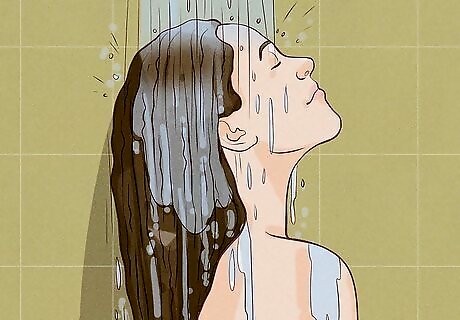
Rinse your hair with cool water. Rinse your hair thoroughly with cool water to remove the conditioner. You can detangle your hair with your fingers or with a wide-tooth comb.
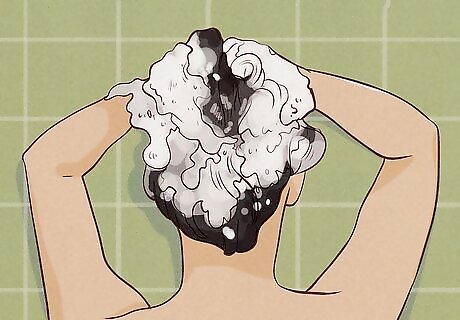
Wash your hair. Wash your hair as usual, with shampoo made for curly hair. Be sure to wash your hair in a downward motion before rinsing--this prevents tangles! You can use a regular conditioner afterward to help lock in the deep conditioning, but it isn't required.
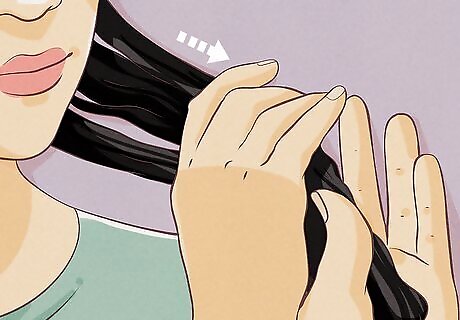
Section your hair. If you have long hair, divide it into 6–8 sections for more convenient handling. Detangle your hair with your fingers or a wide-toothed comb if necessary, but be gentle since wet hair is more vulnerable to damage.
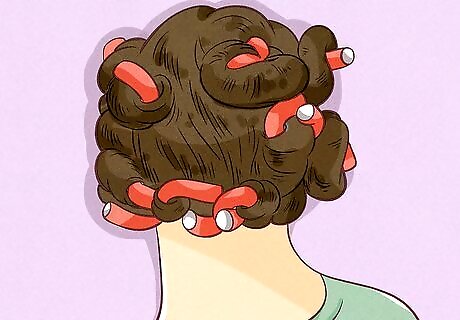
Apply any additional products. If you plan to use rollers, hair styling products, or a leave-in hair mask, go ahead and put them in now before letting your hair air-dry.
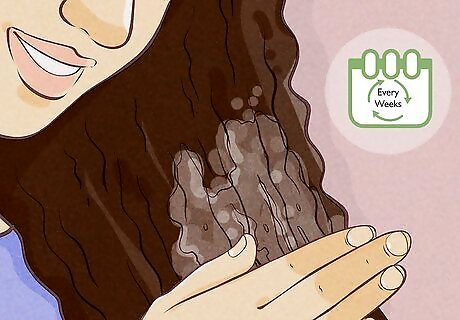
Repeat regularly! Deep conditioners aren't made for everyday use, but you should be using them regularly. If your hair is very damaged, deep condition every week. If it's not, once a month is fine!

















Comments
0 comment